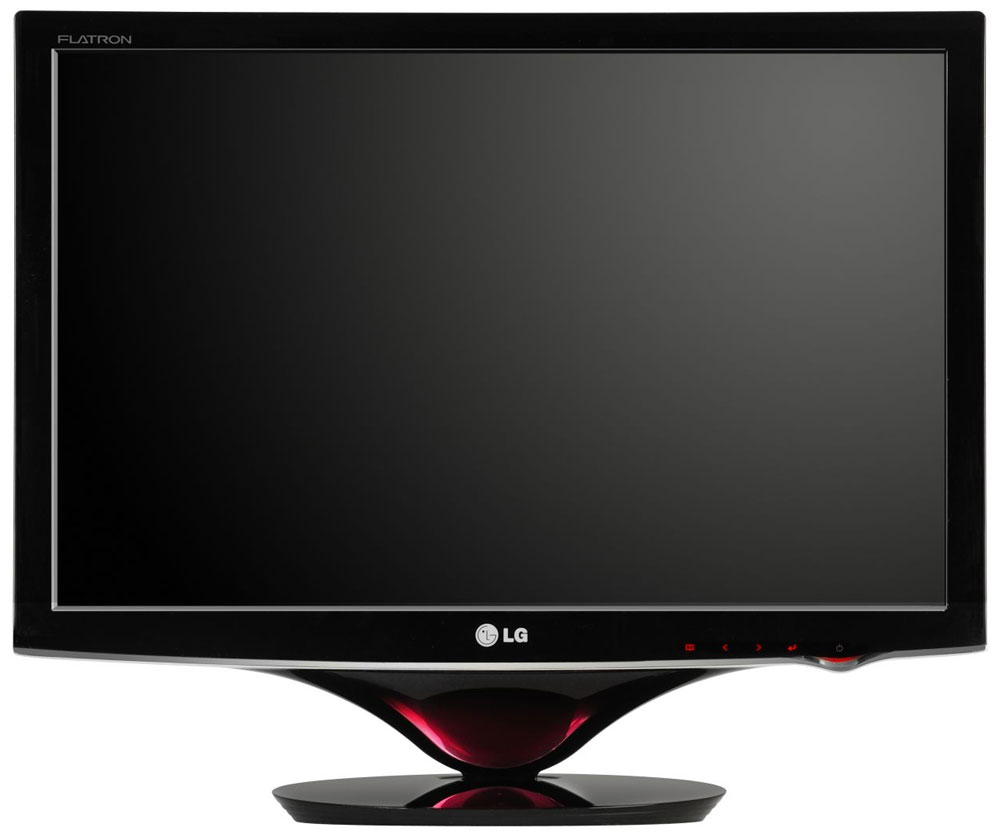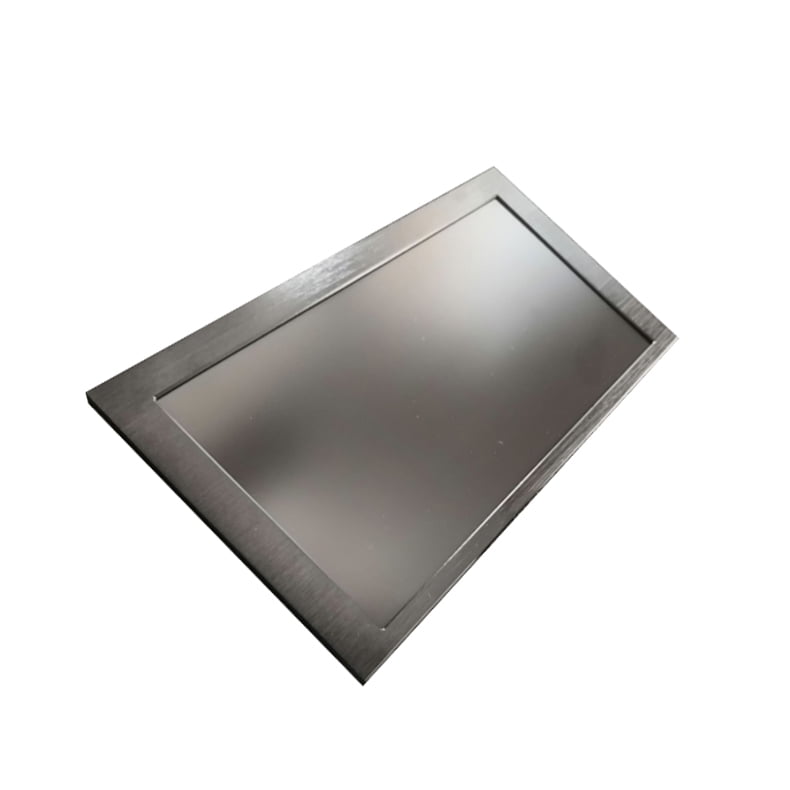

- Pc hardware monitor serial#
- Pc hardware monitor pro#
- Pc hardware monitor code#
- Pc hardware monitor Pc#
Pc hardware monitor code#
With the code complete and the hardware connected as described under the schematics, connect the Arduino board to the computer and upload the code. X=lcd.printStr(xs, 2, (char*)cpuClockString.c_str()) X=lcd.printStr(xs, 3, (char*)ramString.c_str()) X=lcd.printStr(xs, 0, (char*)cpuTempString.c_str())
Pc hardware monitor serial#
The function picks up the data sent by the utility over serial and extracts the CPU Clock, the RAM usage, CPU temperature and CPU load information from the serial data stream. This function does 80% of the work involved in this project. With that done, we create the function readSerial. Lcd.printStr(ALIGN_CENTER, 2, "Connecting. Next, we initialize the LCD, set the font and display the string “Connecting” at the center of the screen. We start the function by initializing the serial monitor which we will use for debug purposes.
Pc hardware monitor Pc#
Next, create other variables that will be used in the code to store information retrieved from the PC among others. We then choose if we want to display the load graph or clock graph. define USESPI in above header for HW SPI version Next, we create an instance of the N5110_SPI library with the Arduino pins to which its, RST, CS, and DC pins are connected as arguments.

In addition to the N5110_SPI library, we will use two fonts libraries c64enh_font.h and small5x7bold_font.h They are attached under the download section. We start the sketch by including the libraries that we will use. The library uses a very small amount of MCU resources and contains methods that reduce the amount of code you need to write to display data on the Nokia 5110 LCD.Īs usual, I will be doing a brief run through the code to explain some of its technical parts. To achieve this, we use N5110_SPI.h minimalistic Arduino library by cbm80amiga. We obtain PC performance information via serial communication from the hardware monitor utility and display on the LCD as a graph and in raw data form. The code for this project is quite straight forward. Go over the connections once more to ensure everything is as it should be. To further make the connection easy to follow, a pin to pin connection between the Arduino and Nokia 5110 LCD display is described below. Since the project is made up of just two main components, all we need to do is connect the Nokia 5110 LCD Display to the Arduino as shown in the schematics below The schematics for this project is simple and should be familiar if you have been following several of our tutorials. These components can be bought from any electronic components store online.
Pc hardware monitor pro#
Arduino Nano or Arduino Pro Mini with USB to serial adapter.The following components are required to build this project. To do a better than other versions of the project out there, rather than just displaying the data, we will plot performance graphs to show information the CPU Load and the CPU Clock.Īt the end of today’s tutorial, you would know things like graph plotting etc on the Nokia 5110 as well as interacting with the PC directly using the Arduino. This stats and data are then obtained by the Arduino over the serial port and displayed on the Nokia 5110 LCD display. The principle of operation of today’s project is based on the “ Grant Snatts” Hardware Serial Monitor project, which in turn, is based on the SerialSender utility which uses the open-source OpenHardwareMonitorLib.dll to sniff the sensors of the dedicated GPUs, graphic Cards, CPU and motherboards of most modern personal computers whilst, also pooling windows hardware stats.


 0 kommentar(er)
0 kommentar(er)
